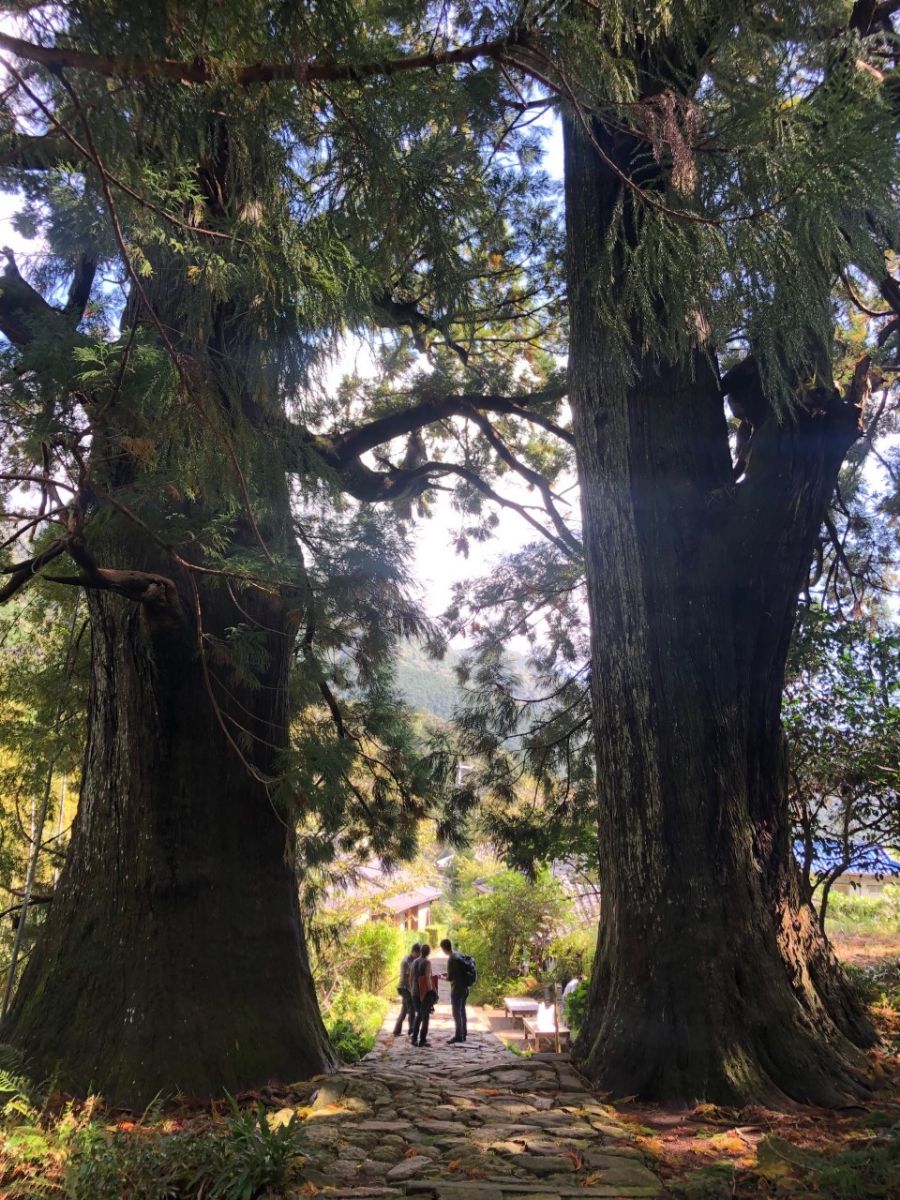The Knuckles
Key information: The Knuckles 
- The extraordinary Knuckles, near Kandy, are a long, sheer-sided granite ridge cloaked in rich forest full of wildlife.
- Amazing views from the high ridge.
- A multitude of trails.
Walkopedia rating
(Top 100)
- Walkopedia rating95
- Beauty33
- Natural interest17
- Human interest11
- Charisma34
- Negative points0
- Total rating95
Vital Statistics
- Length: Your choice
- Maximum Altitude: 1,863m
- Level of Difficulty: Variable
WALK SUMMARY
The Knuckles, in the Highlands north-east of Kandy, really are rather extraordinary, a long ridge of hard ancient metamorphic rock towering over gorgeous tea-cloaked foothills, often absurdly steep-sided, with occasional paths scrambling up through thick and rich forest between cliffs and waterfalls (see the Seven Waterfalls walk below).
The thin-soiled, wide ridgetop is covered in low shrubs and patches of trees, although you will sometimes be walking on bare rock. You may have clear, hot skies and huge views, or you may be wrapped in thick, swirling cloud. Good luck!
The range harbour famous biodiversity – 600 endemic tree species alone, we were told, along with a vast array of bird life (mostly invisible to short-sighted Walko, we must admit). Endemic species include the marbled rock frog and the leaf-nosed lizard. Birdlife is also exciting here: 128 species – 17 of which are endemic – including eagles, herons, kingfishers and wood peckers. Mammals include elephants, giant squirrels and leopards.
You can see why the Knuckles form such an integral part of the Sri Lankan highlands’ World Heritage Site status.
The foothills are blanketed in tea plantations, and getting there is consequently a delight, as you weave up patterned hillside, through sleepily charming little villages
The Knuckles get their somewhat prosaic name from their outline.
Much of the range is properly remote, with few visitors.
Although it tops out at “only” 1,863m, be prepared for foul weather: rain and wind – and leeches. Come carefully prepared.
Guides are compulsory for the high ground, and a very good idea.
Walking options include:
High Knuckles Ridge
The path along whole ridge is some 25km long, and a fabulous long and demanding day’s walk if you can arrange the transport. You can walk it in 2 days, although you’d need to camp in potentially inhospitable conditions, so it would be a proper operation.
Knuckles base track
You can do all sorts of wonderful shorter walks at the base of the range. We heard of a 16km trail.
You can also make a 3 day combined trek.
Manigala Trail
We’ve heard a bit about this walk: it is on several companies’ itineraries. It follows good paths in the mid-range, taking in the Manigla Top at 1,115m. 15km/7hrs. Sounds a fascinating and varied delight.
Five Waterfalls walk
This is a stunner, an 8-9 kilometre, five hour horseshoe up to the high ridge via a series of waterfalls, with some time with the views and extraordinary high world before getting back down to the tea plantations.
It starts at the top of a steep estate track, with a really beautiful steady climb through abandoned tea plantations. A very steep climb follows, through thick and fascinating montane jungle, with welcome breaks at the three major and two minor waterfalls that you turn off to admire. Gorgeous.
The vegetation rapidly shrinks as a lip of sorts is reached. The steady upper slopes are a joy – easy walking on patches of bare rock between rough grasses, low shrubs and stands of low trees. If it is sunny, you are in for visual fireworks on the ridgetop and see the highest cliffs away across a gap. Don’t rush it.
A long steady descent gets you back down down to a sleepy village and the transport you will have needed to pre-arrange. A real delight.
Nitro Caves
This massive cave is home to thousands of bats, so is a dramatic if peculiar place.
With some of the 11km trail at 1,200m +, you will be immersed in wonderful views of the range. Start Corbett’s Gap. Takes around 5 hours.
Corbett’s Gap is itself noteworthy. Itself at 1,216 metres, it provides panoramic views of the range.
Mini World’s End
Enjoy vast views of the mountains from this dramatic 1,192-metre cliff. This trail begins at the Knuckles Conservation Centre (KCC) and is about 1.5 kilometres long, although you can extend the walk to take in some other incredible sights along the way.
Duwaili Ella trail
The Duwaili Ella trail leads to a 40m waterfall with a cave you can slide into behind it.
Dothalugala Nature Trail
This 6km circuit offers breathtaking views from the south of the mountain range. Beginning at The Knuckles conservation centre, this trail winds its way up the Dothalugala Mountain and offers the finest views from the south of the range. Descend the other side for a full circuit of the mountain.
https://twogetlost.com/trekking-knuckles-mountain-range-sri-lanka
These can be tough walks in highish remote mountains with unpredictable weather and unclear paths. Come prepared.
Please help us by making suggestions and sending photos! Thank you!
[For more information and photos, including detailed practical information and some warnings, see our Central Highlands (Click) walk page.
Other accounts: share your experiences
Your comments on this walk, your experiences and suggestions, and your photos are very welcome. Where appropriate, you will be credited for your contribution.
Safety and problems: All walks have inherent risks and potential problems, and many of the walks featured on this website involve significant risks, dangers and problems. Problems of any sort can arise on any walk. This website does not purport to identify any (or all) actual or potential risks, dangers and problems that may relate to any particular walk.
Any person who is considering undertaking this walk should do careful research and make their own assessment of the risks, dangers and possible problems involved. They should also go to “Important information” for further important information.
Anyone planning an expedition to this place should see further important information about this walk.
Responsible travel matters, a lot. How you travel will make a real difference - for better or worse. PLEASE consider this when making plans. Read more






